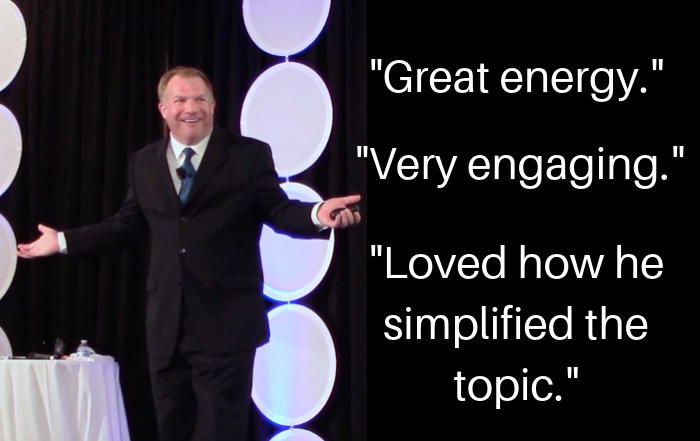 A recent discussion about hotel toiletries reminded me that confusion can cost you time and money. You may have heard that lawmakers in California are discussing a bill that would ban hotels from giving guests small plastic bottles of soap, shampoo, and conditioner.
A recent discussion about hotel toiletries reminded me that confusion can cost you time and money. You may have heard that lawmakers in California are discussing a bill that would ban hotels from giving guests small plastic bottles of soap, shampoo, and conditioner.
The other day, I was reading about this effort to reduce single use plastic products. As someone who stays in hotels for speaking engagements, I started to think about how the change might affect me.
“I guess I’ll have to start bringing my own shampoo and soap,” I said. “Maybe I should go ahead and buy some TSA approved containers right away. It’s one more thing I have to carry”
Further investigation of the legislation revealed that I had missed part of the story. While the proposal calls for the removal of the small plastic bottles, it doesn’t stop hotels from giving you shampoo and other products.
Those would be distributed through larger, refillable bottles in your hotel room.
You may be wondering how this plan relates to how confusion can cost you time and money. The coverage of the story that I saw, had some gaps, where key pieces of information were not explained well or discussed.
When there are these gaps, our minds try to fill the holes and this can make us jump to conclusions. Often, they turn out to be wrong.
In your business, are you potentially annoying employees or repelling customers because of these gaps? Can you afford the cost of uncertainty? Consider these tips to make sure people understand what’s happening:
Test New Ideas
When I worked as a TV news reporter, I would often spend time with the front desk receptionists. I’d briefly talk to them about my stories and see their reactions.
This was a way to see if I was explaining the story in layman’s terms or if I was making it too complex. The person at the front desk, whose role was administrative, rather than news oriented, had more in common with the viewers than most of the people in our newsroom.
In your organization, are there people you can use as test subjects for new programs or announcements? While they’re outsiders to the plans, they can give you some great feedback.
If they don’t understand what’s going on or they’re confused, then you know you need spend more time on the project before it goes out to employees or the public.
Experience Your Automation
Have you called your company recently and judged the experience? Are people faced with endless prompts and frustrating systems?
If it seems like people are grumpy or confused, by the time they reach you, then that may be sign that your gatekeeper automation needs some improvement.
A poor experience can create a gap in someone’s mind that opens the door to your competition gaining a new customer.
Commit to Your Mission Statement
Confusion can cost you time and money when people don’t understand your mission statement. I’m not talking about the words but rather the commitment behind them.
If you say that you perform a task really well and then people experience legitimate problems, then you have a problem. Because while some issues are unavoidable, you need to immediately solve the problem or make it right.
When your response is someone saying, “Oops, we’re sorry,” then you’re leaving a gap in the customer’s mind.
They’ll start filling it with things like, “They don’t care about me,” or “This place has gone downhill.”
If you can’t maintain the previous level of quality, then you need to update your mission statement. Otherwise, it’s customer repellant and an advertisement for your competition.
Final Thought
Confusion can cost you time and money when you’ve left out an important piece of information or were in a hurry. Slow down and make sure you’ve filled any potential gaps in information. Otherwise, someone else will.






